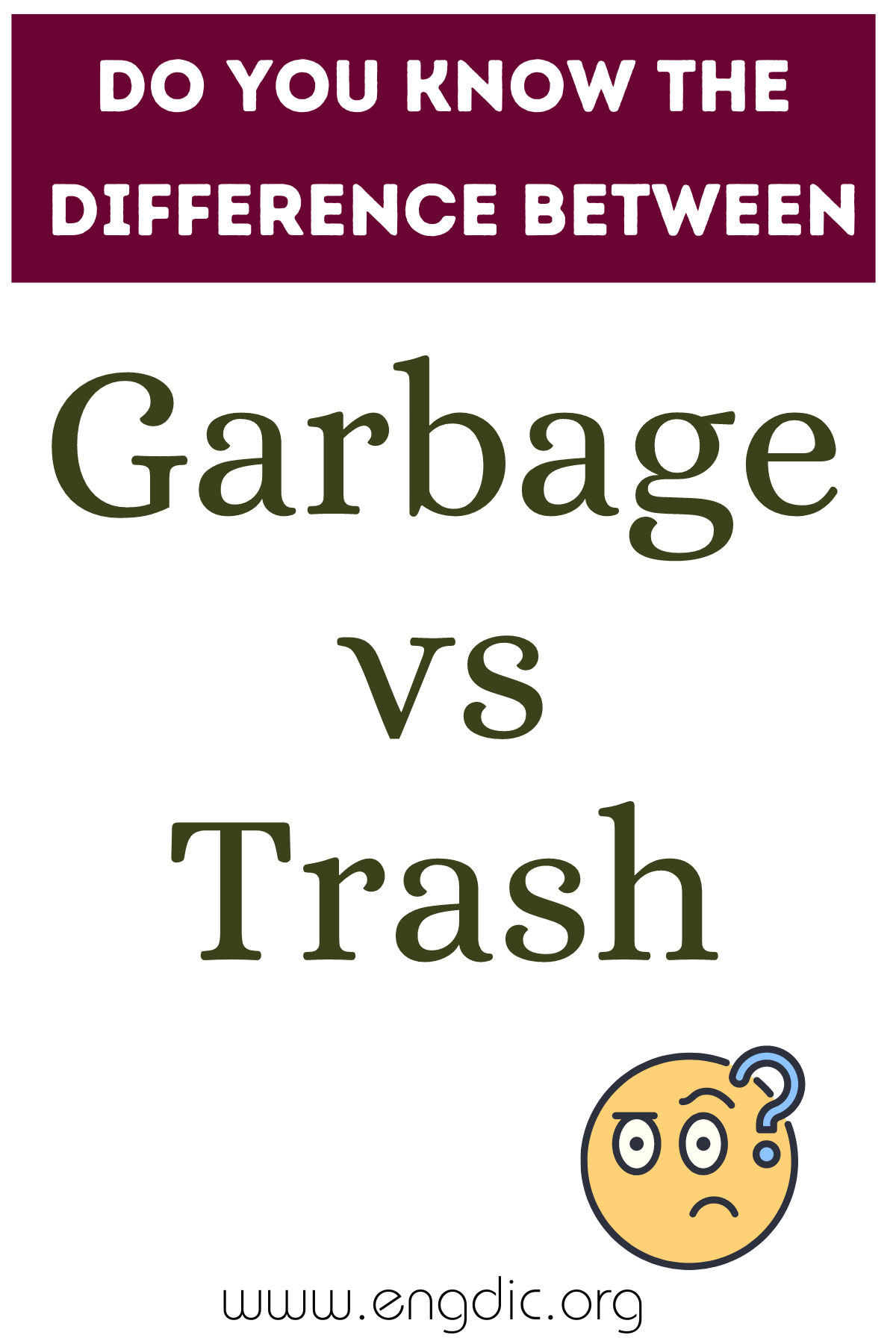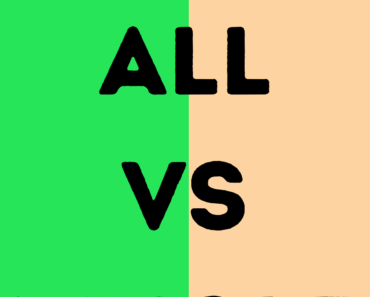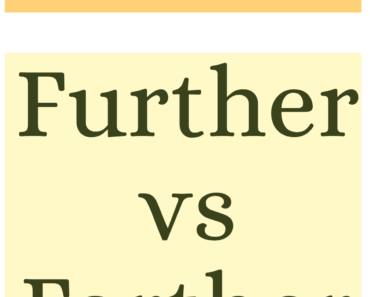Garbage and trash are often used interchangeably, but they have distinct differences.
- Garbage typically refers to organic waste, such as food scraps and other biodegradable materials.
- Trash, on the other hand, encompasses non-organic waste like plastic, paper, and other materials that are not easily compostable.
While both terms are often used to describe waste that needs disposal, understanding the difference can help in proper waste segregation and recycling efforts.
Garbage
Definition:
Garbage refers to organic waste, which includes food leftovers, fruit and vegetable peels, and other biodegradable materials that can decompose.
Usage:
- Kitchen Waste: Garbage commonly comprises food scraps and leftovers, making it the main component of kitchen waste.
- Composting: Due to its organic nature, garbage is suitable for composting, turning waste into nutrient-rich soil.
- Disposal: Garbage disposal methods include composting or municipal waste collection, where it’s often converted into biogas or compost.
Examples:
- Banana peels and coffee grounds are typical examples of garbage.
- A plate of uneaten pasta or vegetable scraps.
Trash
Definition:
Trash refers to non-organic waste, such as plastics, paper, glass, and other materials that are not biodegradable.
Usage:
- Household Waste: Trash is commonly found in household waste bins and consists of materials like broken toys, plastic wrappers, and old newspapers.
- Recycling: Certain types of trash, like paper, plastics, and glass, can be recycled, reducing the overall waste sent to landfills.
- Disposal: Trash is typically collected through municipal waste systems and directed to recycling centers, landfills, or incinerators.
Examples:
- Plastic bottles, aluminum cans, and old magazines are examples of trash.
- An old, broken electronic device or a discarded piece of furniture.







